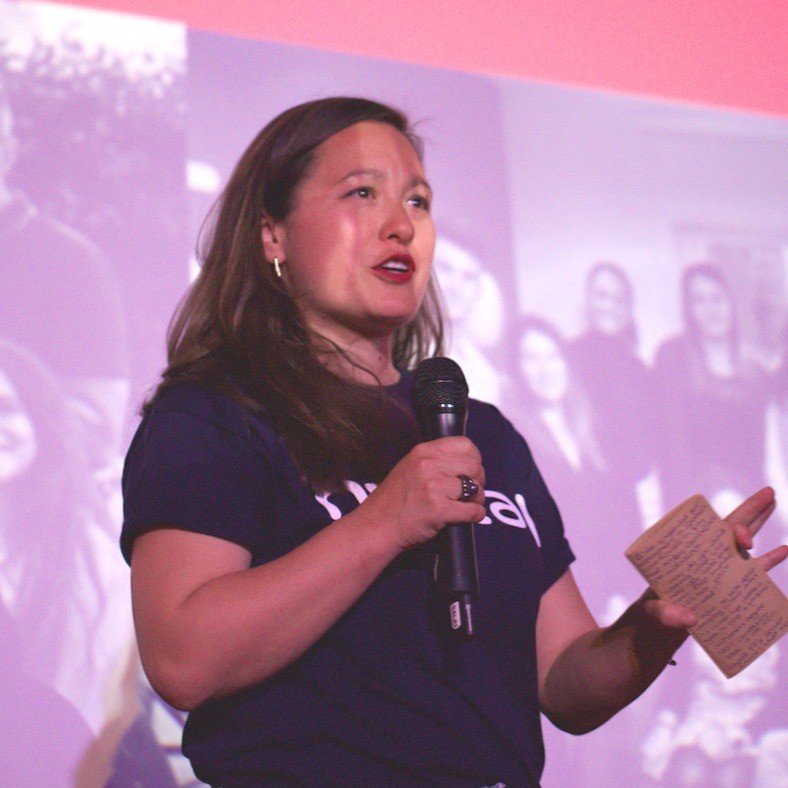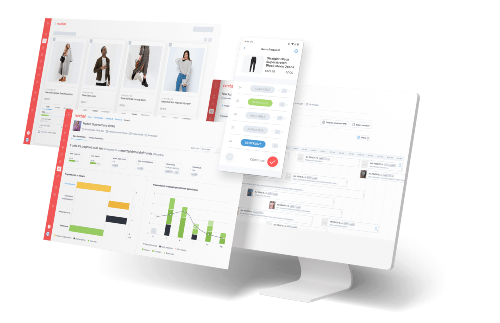3 reasons retailers can be optimistic on Amazon Prime Day
Amazon Prime Day, the massive 48-hour sales event, is underway, drawing global attention as shoppers flock online for exclusive deals. Despite comparisons to Alibaba’s Singles’ Day, retailers outside the Amazon-Alibaba sphere find optimism, anticipating success on one of the year’s major online shopping days and – a sales event that can work in everyone’s favor.
Starting today, July 15th (that’s 12 AM PT / 3 AM ET / 9 AM in Madrid) and going for a full and exact 48 hours, Prime “Day” sales will be available to subscribers in 18 countries — more than ever before.
The e-commerce giant has single-handedly branded its own major sales “holiday” which started in 2015. Unlike other sales like Black Friday or Cyber Monday, which are more equal-opportunity retail events, Amazon has managed to turn the spotlight on itself.
Prime Day, while a mere fraction of the size, is being compared to Alibaba’s Singles’ Day (a.k.a. Double 11), held every November for the last decade. In fact, this year’s Prime Day lead-up (concert, flash sales, etc.) and extended 48-hour format seem to have come straight from the Alibaba sales event playbook. Not a bad example to follow, considering that Singles’ Day 2018 raked in $30.7bn in sales (more than Black Friday and Cyber Monday online sales combined).
Singles’ Day success is likely due to the fact that Alibaba aims to integrate other retailers into its event, it isn’t subscription-based, and monthly active mobile users last November hit around 666m (ahem, that’s double the US population). By spring, that number had reached 721m.
If you listen closely, you can hear the collective sigh from basically all retailers who are not Amazon or Alibaba. “How, how are we supposed to compete with that?!?” Well, luckily, it looks like many retailers are cracking the code.
Here are three reasons retailers can be optimistic on one of the one biggest online shopping days of the year. Besides, the key word here is “shopping”, and not necessarily just on Amazon.
#1 More retailers than ever are getting in on the action
Regardless of whether it’s been an optimistic or an “if you can’t beat ’em, join ‘em” attitude, more retailers than ever are hoping to capitalize on Prime Day-generated buzz. Internet Retailer reports that 250 retailers are holding adjacent, overlapping, or competing sales events. Compare that with just the 27 that did so just two years ago. This is similar to the strategy of many of Alibaba’s competitors, such as JD.com that reported earnings of $23b thanks to an 11-day campaign it ran for the days leading up to Singles’ Day.
Simultaneous campaigns around Prime Day could expect positive results as well. Business of Fashion, says “Retailers that capitalise on Prime Day with their own discounts and promotions see a bump in sales and web traffic. They may not be able to beat Amazon, but they can at least share the spotlight.” And there are numbers to prove it.
According to Criteo, businesses that offer discounts and other sales events that coincide with Prime Day can bask in the light of its halo effect, seeing a sales increase of about 40% (in fashion and luxury, that’s 41%). Key to success, they claim, is starting digital marketing strategies around these sales up to a month in advance.
In the US, many major retailers have sales events that have just begun or will take place this week as well, such as Target’s “Deal Days”, Kohl’s (more on them later) two-day summer deals event, Macy’s “Black Friday in July”, and Nordstrom’s “Anniversary Sale” among others.
In Europe, Prime Day also strikes right as many countries are in their second of two sales periods, the first starting right after Christmas. At this point, many retailers there are in their second and third waves of markdowns, some lowering prices by 50 or even 70% both online and off. This means that many shoppers, especially with reduced summer working hours or even Friday off, have more time to shop and may find better offers elsewhere.
#2 Fashion retailers have an upper hand in luring B2S shoppers
Whether intentional or not, Amazon Prime Day falls in mid-July, making it the first peak date for back-to-school (B2S) shopping. B2S, more of a season than an event, spans nearly three months. Deloitte estimates that this year, total B2S spending will reach $27.8bn in the US, or about $519 per student in the US.
But let’s not forget, B2S shopping includes the whole gamut: schools supplies (pencils, pens, etc.), backpacks, gadgets, and of course fashion. And that last category is possibly the sweet spot for competing against, or latching on to the Prime Day phenomenon.
Hear me out. Both studies found that fashion is still the majority spend for B2S purchases, with price being the most influential consideration for making purchases. Add that to the fact that Deloitte says in-store shopping continues to dominate for B2S in all categories except for electronic gadgets. If this is truly the case, fashion retailers (especially brick and mortar) who jump on the Prime Day bandwagon may have a leg up on other verticals trying to swoop up consumer attention right now.
And while Amazon dominates in many categories, fashion is not where it thrives. That’s because clothing is simply hard to judge online. Will it fit? What’s the feel and quality?
Amazon’s lack of success in fashion may also have to do with how the e-tailer categorizes and allows for discovery in general. Joaquín Villalba, CEO and co-Founder of Nextail and former Head of European Logistics for Zara-Inditex, said “One factor that has undermined Amazon’s apparel sales are inconsistencies in color, sizing, and apparel attributes which make for a difficult and frustrating search and discovery process.”
Furthermore, Sara Halzack and Shira Ovide from Bloomberg said, “For certain kinds of purchases, it feels like shopping on Amazon has been shaped too much by technologists with outdated ideas, and not enough by merchants or anyone else in possession of a soul. Sometimes, the site doesn’t seem to reflect the way actual human beings want to browse, discover, and make buying decisions.”
Online shopping for fashion continues to grow overall, but consumers often feel more assured with familiar brands due to sizing and quality. This is certainly true in the case of luxury goods which are either purchased online directly from the trusted brand or from a well-reputed site for luxe fashion such as Farfetch.
So, let’s do the math. A general preference for doing B2S shopping in-store, plus the attractiveness of deals during Prime Day week, plus a less than stellar experience shopping for clothing on Amazon, may equal a good opportunity for fashion retailers to benefit from early B2S shoppers.
#3 Teaming up can have mutually-beneficial results
Sales, the ultimate psychological trigger for impulse buys. It’s hard not to get hyped up around Amazon Prime Day. But buyer’s remorse is also a thing, equivalent to an unnecessary-but-on-sale or doesn’t-fit-quite-right hangover. Unfortunately, not every purchase is a winner.
However, instead of having to trudge your way over to the post office, repackage items, etc. Amazon and major mass merchant, Kohl’s, have teamed up so that customers can make Amazon returns at Kohl’s locations. This is another example of how Amazon aims to live up to its promises for speed and convenience, making harder to make good on them logistically, especially when it comes to returns. It’s old news that this speed also punishes retailers who can’t keep up, which was Kohl’s case.
This mutually-beneficial partnership means that Amazon streamlines a customer pain point, while Kohl’s hopes for increased “well, since we’re already here” foot traffic and sales. Initially rolled out in three markets in 2017, the partnership has been implemented across all Kohl’s locations just in time for Prime Day.
Forbes says the partnership allows for mutually complementing strengths and weaknesses, reaching new markets, and keeping pace with innovation. Let’s see what the returns look like for both companies after this week’s shopping frenzy. Will partnering up with Amazon prove to work in favor of the retailer and inspire others to look for similar collaborations?
Prime Day, and similar mega sales like Singles’ Day, are starting to look like an opportunity to benefit from the attention these events draw.
On the other hand, customers also have plenty of reasons to browse the sales of other retailers both online and off: fewer glitches (usually) and no memberships. Oh yeah, and no planned worker’s strike.
Learn about how omnichannel has evolved to offer an incredible shopping experience.



